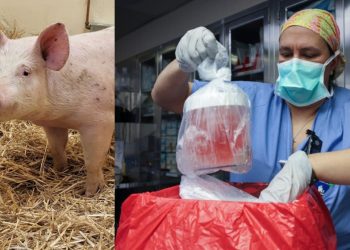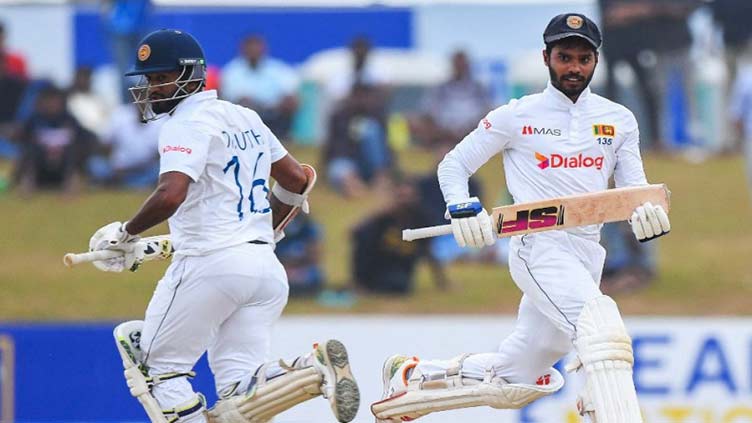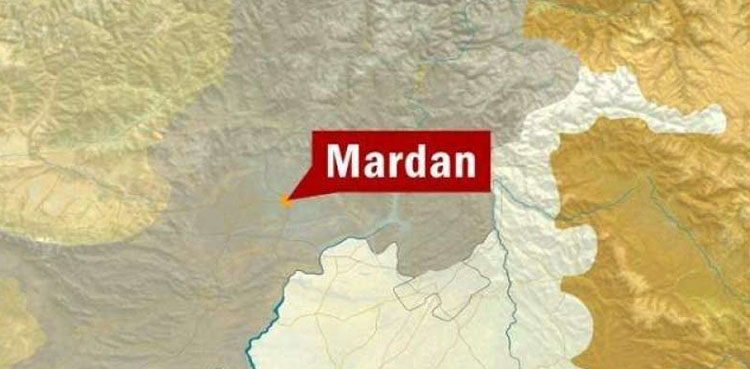As fears mount globally about mpox, apparently simple questions such as the danger it poses and differences between variants do not have clear and simple answers.
The World Health Organization in July declared an international health emergency over the spread of mpox, which first appeared in humans around 1970 in the Democratic Republic of Congo (DRC).
For decades, the illness long known as “monkeypox” was restricted to a handful of African countries, with estimates of its mortality rate ranging from one to 10% of people infected.
That uncertainty grew from 2022, when mpox spread elsewhere in the world, especially to Western countries.
Cases in these newly-infected states had very low mortality of around 0.2 %.
Such differences likely stem from several variables.
First, someone living in the US or Europe is much more likely to receive swift, appropriate medical treatment than patients in most African nations.
The danger mpox presents “strongly depends on the quality of basic care,” said Antoine Gessain, a virologist specialising in the disease.
The mortality rate measured in the current outbreak – around 3.6% — would therefore likely be much lower were it not mostly limited to the DRC.
Child malnutrition
Other factors weighing on the mortality rate include those that make some patients more vulnerable than others.
The vast majority of the deaths recorded in the DRC — over 500 out of more than 15,000 mpox cases — have been children, many of whom are affected by malnutrition in the country.
By contrast, in the DRC’s 2022-23 epidemic, the very small number of people who died – around 200 out of 100,000 cases – were mostly adults whose immune system was already weakened by HIV infection.
Different mortality outcomes can also be explained by the way a disease is spread.
In 2022-23, most transmission was via sex between homosexual or bisexual men.
A further factor adding complexity is the clade, or family, to which the specific virus causing an mpox outbreak belongs.
Scientists are struggling to determine the differences between clades when it comes to health risks and transmission.



















































